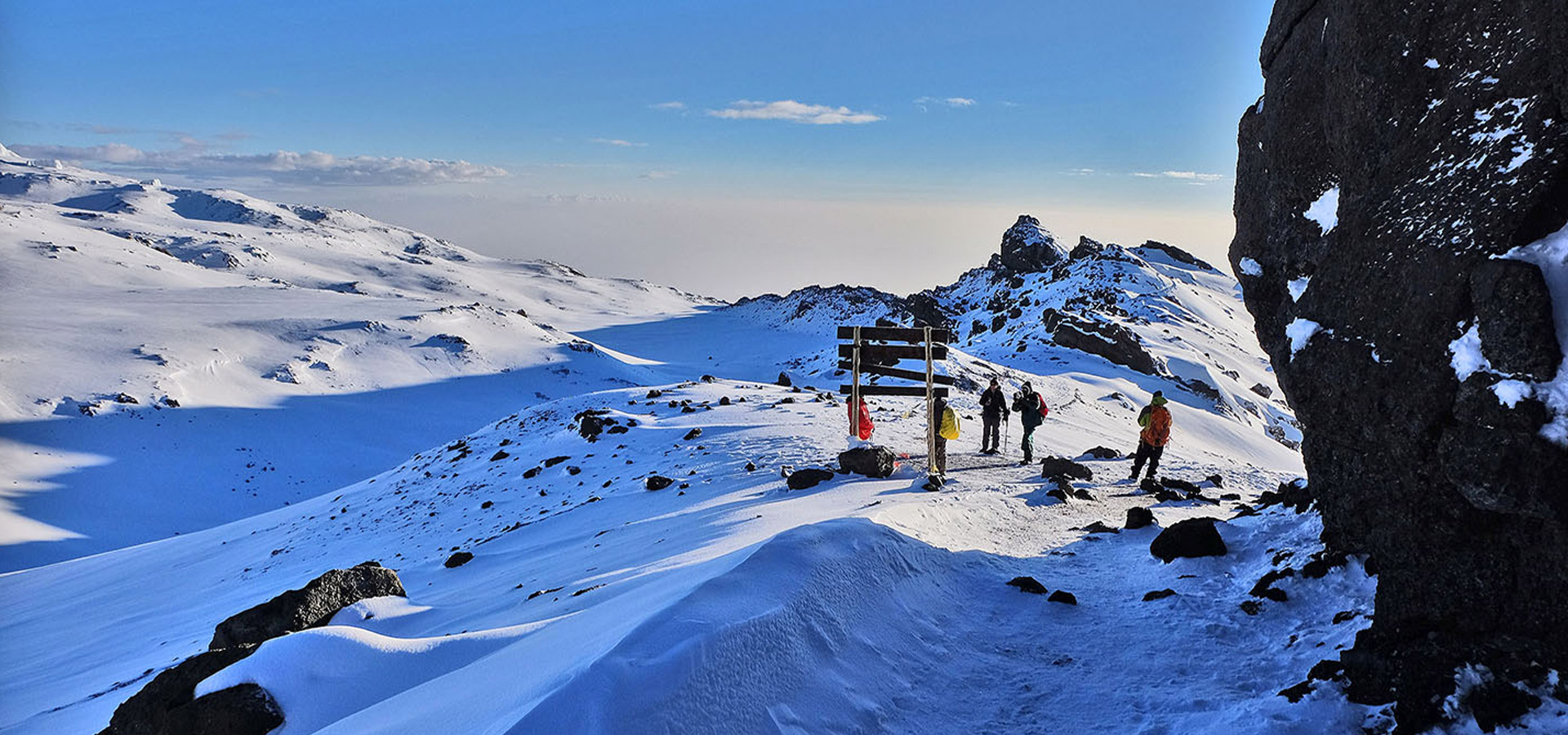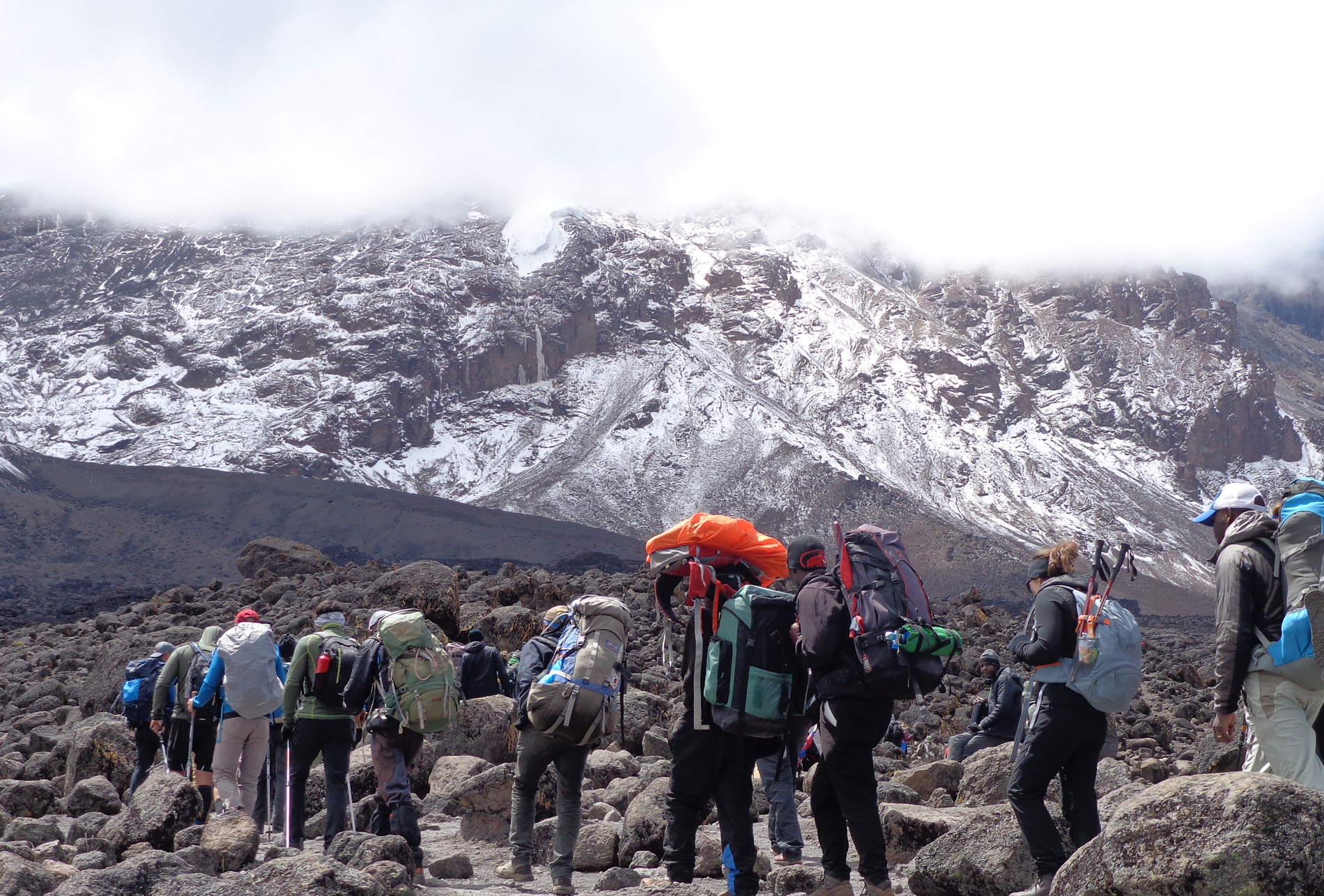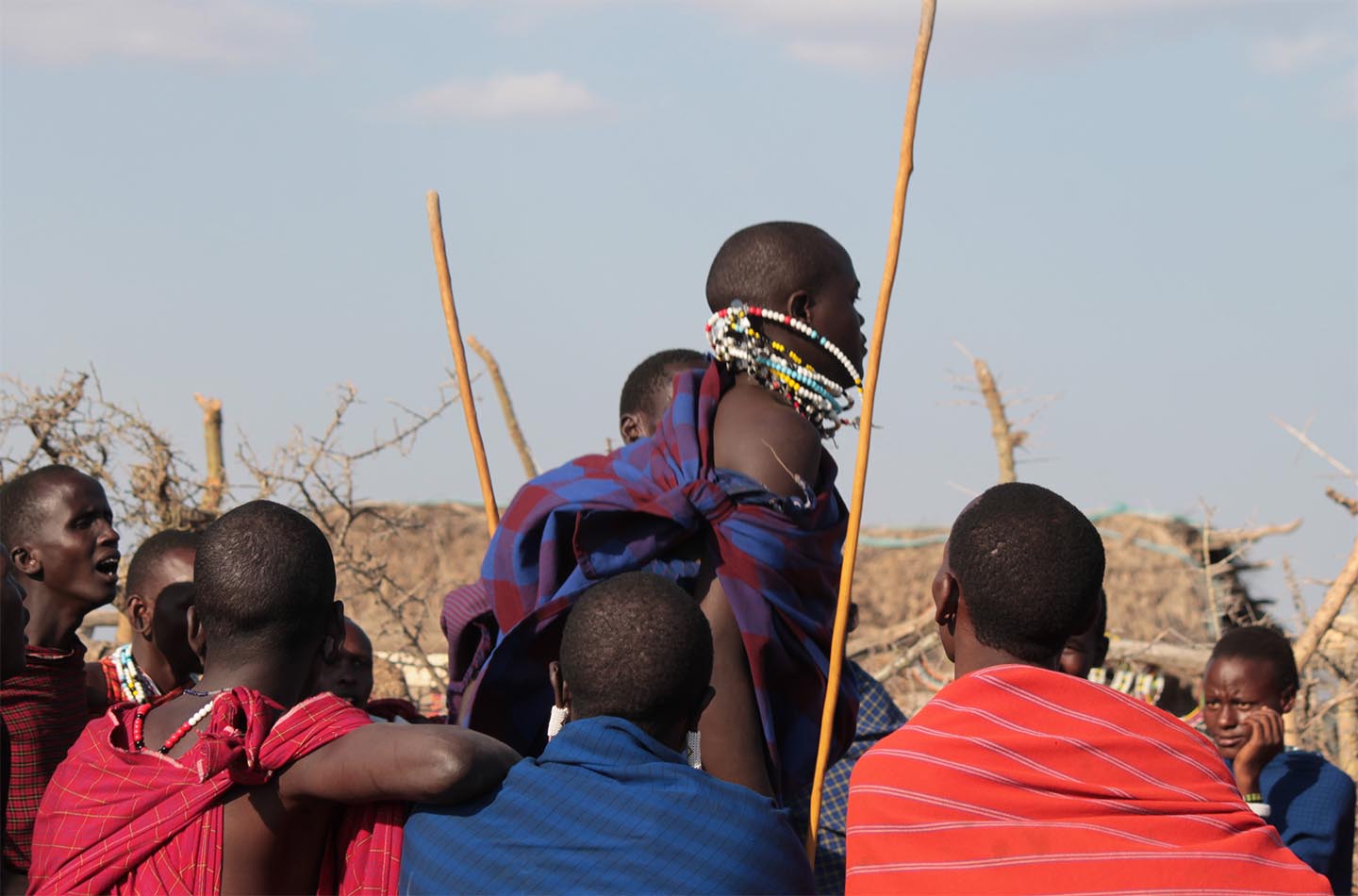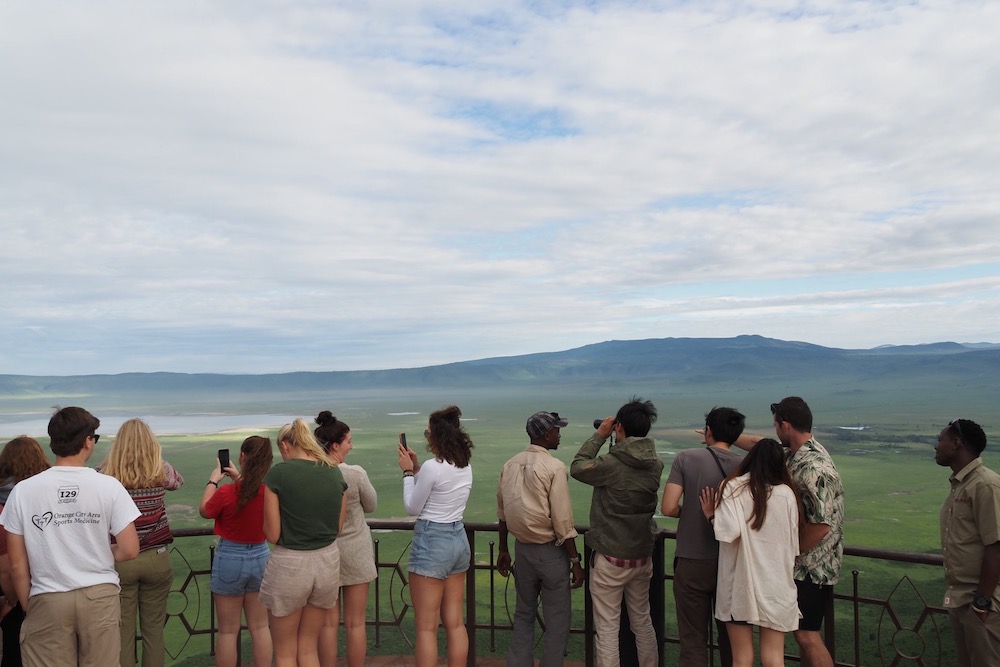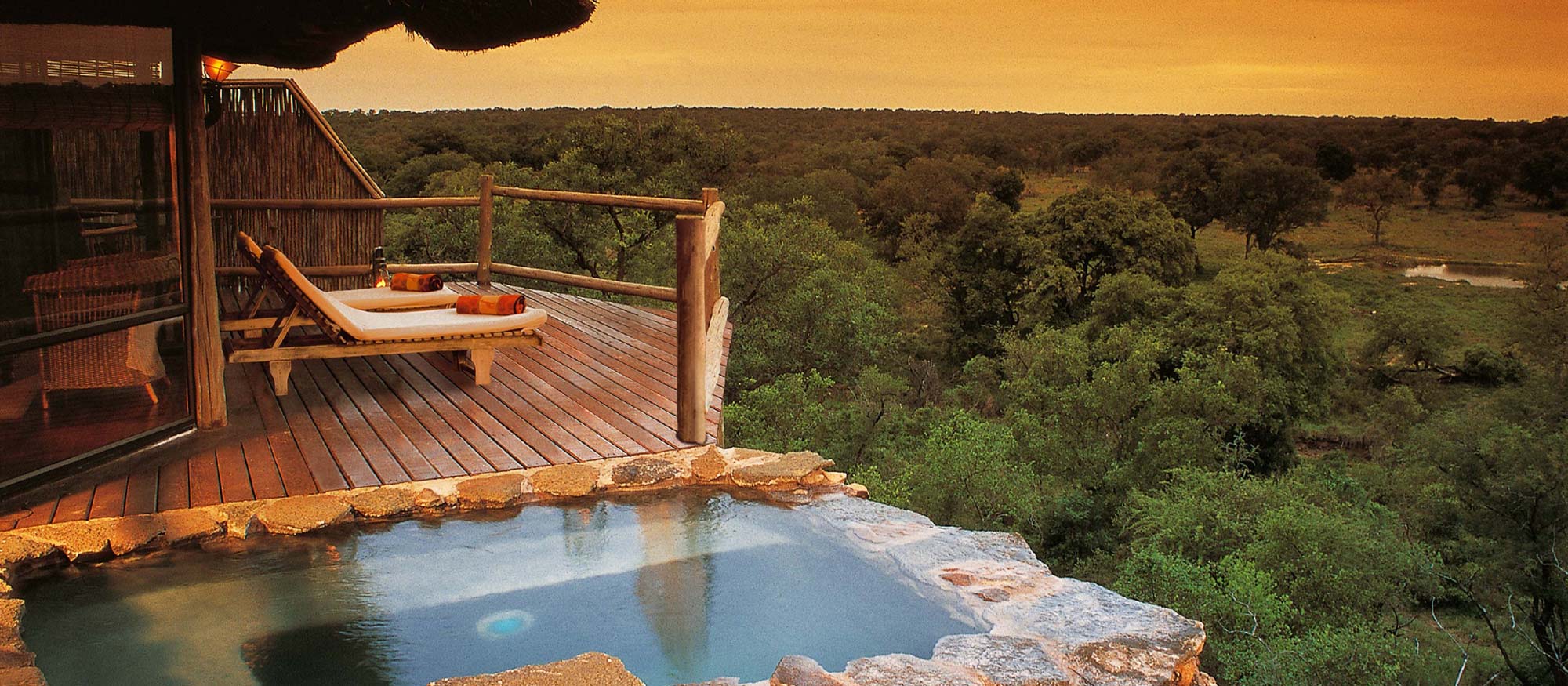Kilimanjaro FAQ
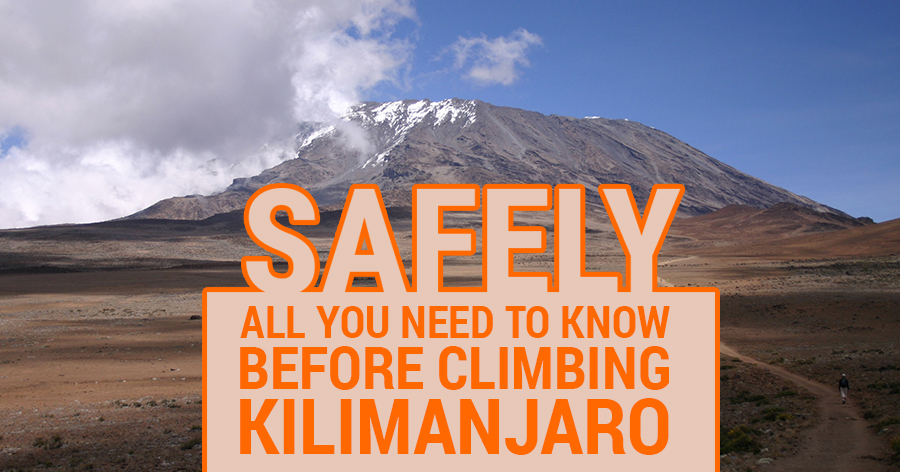
Description for Kilimanjaro FAQ
You are responsible for bringing personal gear and equipment while communal equipment (tents, food, cooking items, etc.) is provided. Below is a gear list of required, recommended and optional items to bring on your climb.
Kilimanjaro is climbable all year round. The best months to climb are December-March, and September-October, which are the warmest and driest months. The next best are June to August, but they are colder. July, August, and September are the busiest months. Summiting on or soon after a full moon is very beautiful and helps illuminate the landscape without using headlamps. However, it is also very bright for sleeping and stars are not as visible.
Malaria is a serious problem in East Africa so you must consult your doctor about getting effective malaria prophylaxis for your visit. Many people are avoiding Lariam nowadays and using Malarone. You cannot catch malaria above 3000 metres on Kilimanjaro, but you must be careful below that altitude, particularly if you visit the coast where the strains of malaria tend to be especially virulent.
Temperatures range from 25 to 30 degrees Celsius at the foot of the mountain and -15 to -20 degrees Celsius on top plus wind chill. Lower down, it can be wet and humid, but higher up, there can be snow. Rain and snow may be encountered any time of the year!
It requires no technical climbing experience, and any moderately fit person can summit the mountain.
Your decision will depend on where you want to sleep and the hiking distance each day and number of days of each route. On the Marangu Route, you sleep in huts with simple beds, while on all the other routes, you sleep in tents. There are two main routes on the mountain: the Marangu and Machame. You may also want to consider the Rongai Route as it is far less traveled. The Lemosho Route is a good choice if you want a longer route (8+ days).
There has been a lot of negative press about Marangu. In our view, and we arrange treks on all the routes, it is very unfair. This is the only route that uses huts rather than tents and some years ago there was a serious problem with overcrowding in the huts. In those years the Machame route was much less frequented. But we think the main reason that some operators speak against the Marangu and boost the Machame is that the booking system for Marangu is demanding of operators’ time. There is no booking system for Machame (nor the other camping routes). You just show up at the Machame gate the first morning of the trek. No one ever knows how many people will be on the trail until the gate closes for that day. There is a daily quota of only about 70 climbers allowed to start on the Marangu route on any day (this is why booking is not always easy). There are many days in the season when there are many more climbers on the Machame route than on the Marangu. This is not in any way to denigrate the very beautiful Machame route. But these are things to bear in mind when hearing the Marangu route described as the tourist, easy or Coca Cola route and the Machame as the scenic or the whisky route! It is true that you will hear many people who have climbed Machame say that it is better than Marangu, and this is conveyed to many of the guide book writers. But remember that the overwhelming majority of climbers only ever climb one route. The chances are that the climbers who say this have never been on the Marangu route and are simply repeating what they have been told or have read.
Physically, the Marangu and Machame routes are rather different. The main force of Kibo’s volcanic activity occurred out towards the west (the Machame side) and so Machame is steeper – especially in the first day and a half – and more rugged than Marangu. It is often considered more scenic because the views of Kibo are more impressive than from the south-east (the Marangu approach), but many consider the vegetation on day 2 of the Marangu route to be more attractive than anything seen on the western side. As always with mountains, every route has its advantages and drawbacks. The difficulty grading has Marangu as a 1, and Machame a 1+, so there’s not a great deal in it.
Always remember to maintain a slow, steady pace from beginning to end. Going slowly allows the body to acclimatize while hiking. Those who start out too quickly will have troubles higher up the mountain as the body will be overexerted. This still holds true if you are spending an extra day on the mountain
It will depend on the route you pick and your pace. It can take from 4-8 hours to reach the summit from the high camp.
A weatherproof jacket, such as Gore-tex.
A woollen sock that fits over the head with slits for only the eyes and mouth.
Most groups will start for the summit on ascent day at 11 PM to 12:30AM, depending on the perceived fitness of the group, the weather and the route. The pre-dawn hours, while cold, are also the calmest and clearest. The best views from the summit are at dawn. Often clouds and high winds develop not long after sunrise making the summit much less attractive and the descent more difficult. Guides who have been to the summit scores of times report that it is very rare to find it cloudy at the summit at dawn in any season. The ascent day is a very long day of hiking. Some people may require 15 hours to reach the summit and descend to the campsite for that day.
Talk to your doctor about getting
Hepatitis A
Hepatitis B
Typhoid
Yellow fever
Tetanus
Polio
MMR (measles, mumps, rubella)
Meningococcal Meningitis (Africa/Asia)
The minimum age set by the National park Authorities for summiting Mt. Kilimanjaro is 12 years old. However, younger children can attempt the summit with special permission. Younger children can also trek on the mountain without reaching the summit.
The number of staff that you will have depends on how much gear and weight is brought up the mountain, the route chosen and number of days on the mountain; however a typical trek will have (per 4 persons); 1 guide, 1 assistant guide, 1 cook, 1 waiter and 9 porters.
Kilimanjaro guides are trained in acute mountain sickness (AMS) and basic mountain first aid. However, they are not doctors or paramedics. Climbers are responsible for bringing their own first aid kit and medical supplies.
Kilimanjaro guides are trained and certified by the Kilimanjaro National Park. They start out as porters and work their way up to assistant guide. When they are ready (after about 2-4 years), they go through the national park certification process.
If a client cannot walk because they are injured or sick, at least two support staff will assist this climber down. There is no extra charge for coming down and taken back to the hotel, but you will get no money back for that mountain days you missed, and you will be responsible for medical assistance and extra hotel nights. We highly recommend travel insurance to cover any medical expenses and further evacuation
Extra expenses include:
Tips for guides, cook and porters
Rental equipment (sleeping bags, hiking poles, etc.)
Lunches, dinners and drinks at your hotel in Moshi.
Any personal expenses (visas, airport taxes, etc.).
The typical tip is:
Porters $5 per day per porter
Cooks $8 to $10 per cook
Assistant Guides $8 to $10 per guide
Kilimanjaro Guides $20 per day and up per guide
A 10% deposit is required at time of booking to hold your climb/safari.
Final (90%) payment to be made in cash on your arrival in Tanzania.
On the Marangu Route, the first two huts sleep four people each, and the last hut is dorm-style with bunk beds. While on the other routes, you sleep in 3-person 4-season dome-style mountain tents, two people each.
No, but we can schedule transfer from Nairobi by Riverside Shuttles for an additional charge.
The one pack that the porters carry for you is limited to 15 kg (35 pounds).
Extra luggage can be stored in a locked storage room at your Moshi hotel at no charge. Valuables should be left in a safe deposit box at your hotel in Moshi ($1/day)
Vegetarian and other special diets can be accommodated. Please let us know ahead of time and remind your guide during your trek briefing. Protein options may be minimal on a vegetarian diet, so you may want to bring protein supplements.
Your trekking party will be supplied with a cook to prepare your meals in a safe and hygienic manner.
The porters will purify water for you at each camp.
Donations are easier to take with you when you travel to Tanzania rather than mailing them after you get back from your trip. Porters welcome old hiking boots, warm clothing, and cash donations.
Most people start with the trek and end with the safari, so they get done with the hardest part of their trip and are able to relax on their safari. However, we can accommodate either order.
It is safe to walk around the main area of town during the day with valuables well hidden, but it not advised to walk alone around at night for your own safety.
We can book your flights to Zanzibar from Kilimanjaro and your Zanzibar hotels. Contact us for further information and arrangement.
Kilimanjaro Packages
Kilimanjaro FAQ
Day by Day Itinerary
ARUSHA NATIONAL PARK
NON GAME-VIEWING TRAVEL TIME: 1 HOUR
DISTANCE: 60 KM
After breakfast you are met by our professional tour guide/driver, who will deliver a short safari info briefing, after which we travel east to the Arusha National Park. This small but beautiful Tanzanian National Park is the closest national park to both the famous Arusha “safari town” (30 km) as well as the Kilimanjaro International Airport, thus making it ideal for 1-day safaris or tours. Not only is the animal life in the park abundant, but it is also one of the most beautiful and topographically varied parks in Tanzania. The park’s three most significant features
Include the rugged Mount Meru (Tanzania’s second highest peak at 4566m), the notably different coloured Momela Lakes, and the 3km wide Ngurdoto Crater, which was formed about fifteen million years ago! We will enjoy lunch at the Momela wildlife lodge and do an exciting morning game drive and afternoon game drive, visiting both the Momela Lakes and the Ngurdoto Crater. Wildlife which could be seen include African buffalos, elephants, hippos, giraffe, warthogs, antelopes, zebras, blue monkeys and sometimes a rare leopard or hyena. Late afternoon we depart for Arusha where we will end our safari adventure. The group should tip the tours guide around $20 for the day. You will be taken to your hotel, which ends our tour package services.
TARANGIRE NATIONAL PARK
NON GAME-VIEWING TRAVEL TIME: 4 HOURS
DISTANCE: 240 KMK
After breakfast you are met by our professional tour guide/driver, who will deliver a short safari info briefing, after which we travel east to the Tarangire National Park. The park runs along the line of the Tarangire River and is mainly made up of low-lying hills on the Great Rift Valley floor. Its natural vegetation mainly consists of Acacia woodland and giant African Baobab trees, with huge swamp areas in the south. Both the river and the swamps act like a magnet for wild animals, during Tanzania’s dry season. The Tarangire National Park is reputed to contain some of the largest elephant herds in Africa. We will enjoy a picnic lunch inside the park and do two exciting morning and afternoon game drives, along the Tarangire River. Late afternoon we depart for Moshi where we will end our safari adventure. You will be taken to your hotel, which ends our tour packages services.
DEPARTURE DATES
The departure dates for all our African safaris and trekking packages are totally flexible according to your own personal needs. Please contact us for further and more detailed info, as well as information on photographic safaris and Kilimanjaro trekking packages.

